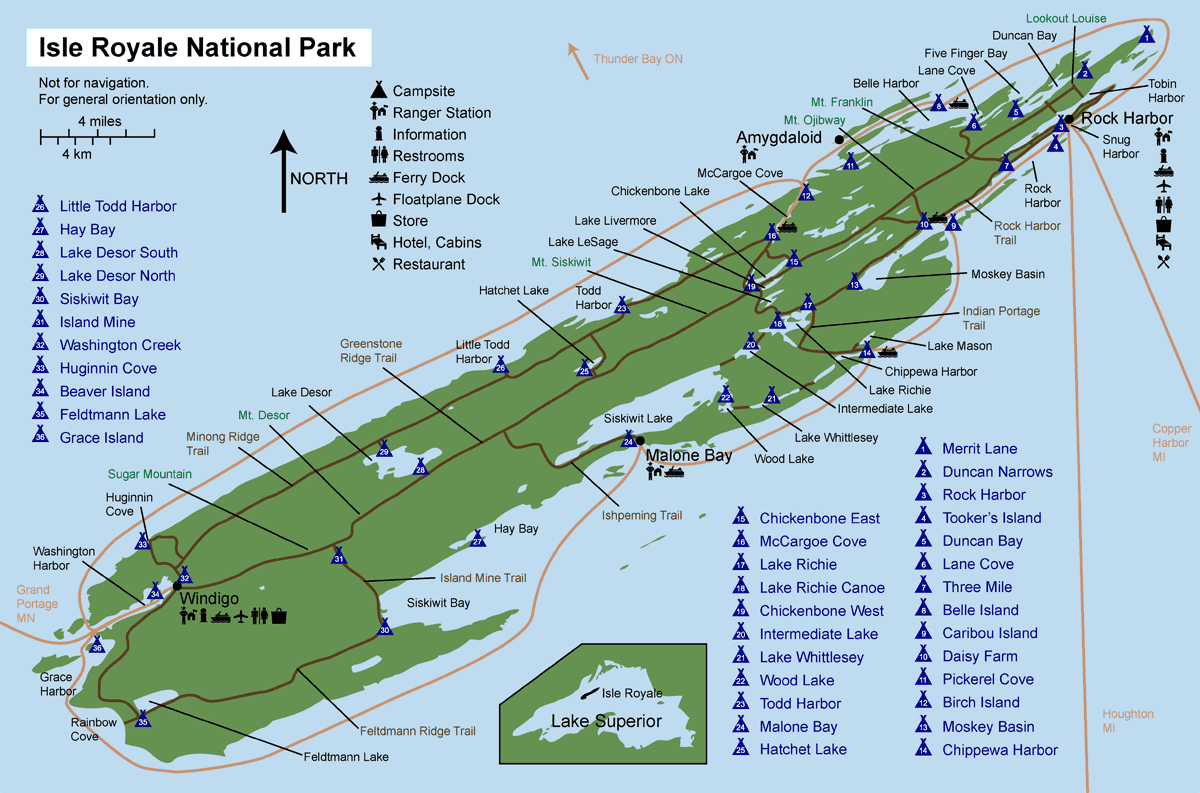January 9th 2013 by Kyle Philson
We were taught in elementary school that Christopher Columbus discovered America in 1492. Prior to his arrival, America was inhabited by primitive Native Americans and no Europeans had ever been here. Since then we have discovered that Leif Ericson a Norse explorer discovered America nearly 500 years prior to Columbus. Yet, we still celebrate Columbus Day each year. What if I were to tell you that there were people here much earlier than that, possibly from Europe mining copper for the Bronze Age. Evidence shows that someone was mining copper in northern Michigan starting around 5,300 BC. It continued until 1,200 BC. Around 1,000 AD mining was restarted and lasted until 1,320 AD. The largest mine discovered was located on Isle Royale, an island in Lake Superior near the Canadian border. They worked the rock by using fire and cold water to break the copper ore into smaller pieces. Then they could transport it to other locations. One of the mines discovered was three quarters of a mile long, four hundred feet wide and ten to thirty feet deep with connecting tunnels. Scientist and engineers estimate that it would take ten thousand men one thousand years to develop the extensive operations carried on through the region. It is estimated that a total of 1.5 billion pounds of copper were mined by these unknown people. Despite its large size, no evidence of any of the workers was found, only their tools. Octave DuTemple one of the first Archaeologist to investigate the site said the miners left their tools behind as if they would work the following morning, only never to return. Thousands of tools were found. If there was an estimated workforce of ten thousand men, shouldn’t there be some sign of them. According to the late Philip Coppens “It is likely that the mines were only worked in the summer, with the workforce moving further south during the winter months – or returning home across the ocean. This could explain the absence of buildings: people living here in the winter, need buildings to survive, but that is not necessarily so during the summer months. As there are no such buildings, it suggests no-one lived here. Equally important is the fact that there are no signs of copper melting factories, required for their future use. This means that the copper was used elsewhere, as the copper required further handling for it to be useful.” It is not certain where they moved during the winter but some have suggested Aztalan or Rock Lake, which are both located in modern day Wisconsin. At these sites many graves were discovered as well as thousands that were cremated. One of the graves contained a man with a hammer; a similar hammer was discovered at one of the mines at Isle Royale.
The Menomonie Indians of northern Wisconsin have a legend that speaks about the mines. They describe the mines being worked by “light skinned men”. If that were not enough, in 1922 William A. Ferguson discovered a harbor on the north coast of Isle Royale. This ancient harbor was 500 meters long and would have been perfect for the loading and unloading of multiple ships at one time. It is not clear who these ancient miners were, but we do know that the mining abruptly ended in 1,200 BC. This conveniently coincides with the end of the Bronze Age in Europe. The copper located in the Lake Superior area is some of the purest copper in the world, yet less than 1% has been discovered in America. It is clear that someone was mining copper here in America and then shipped it across the ocean for use abroad. Who they were remains a mystery.


wonderful post, thank you.
Thanks, Im glad you enjoyed it.
i really appreciate the kind of topics you post here. thanks for sharing us a great information that is actually helpful. good day! lista de email lista de email lista de email lista de email lista de email
The miners were Greeks from the island of Crete during Minoan era.